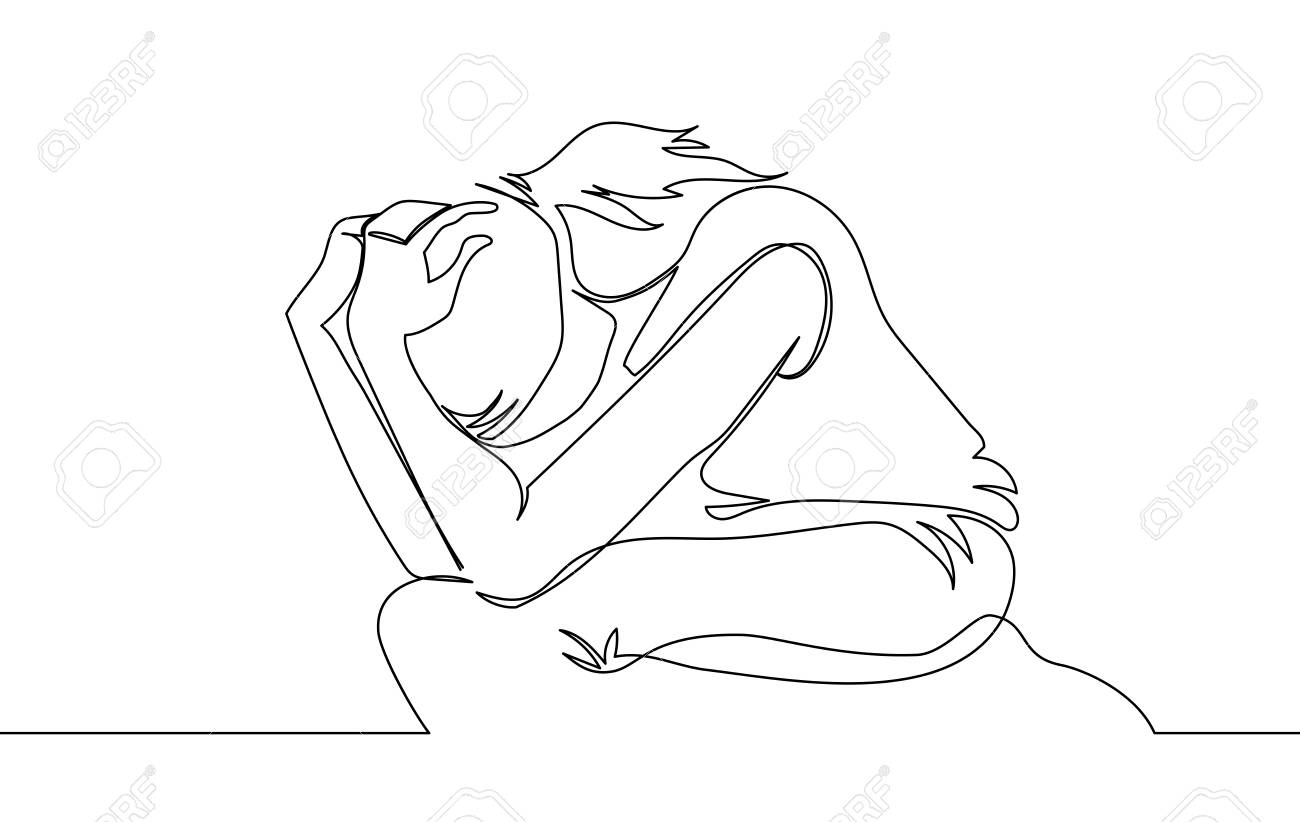We’re seven weeks into this school year, and I’m not sure who is learning more — me or my students.
This is always the case, of course, but I continue to be amazed. You would think that since I am fifty-seven years old, and my students are mere teenagers, that my maturity, at least, would exceed theirs. In some ways it does, for sure, but they are teaching me to receive feedback and to alter my approach.
Now, they don’t necessarily know they are doing this — they aren’t setting goals, writing lesson plans, or assessing my progress. No. They are just navigating their lives in the best ways that they know how, but when our paths cross, they are not afraid to give me the feedback that I need.
And I am not too stubborn to receive it. Not any more.
Recently, I was trying to get started with my fourth hour class — they come to me straight from lunch, and my expectation is that they would just walk in, grab their materials, sit down, and be ready to engage with learning. Yes, I do see, as I type those words that my expectations border on lunacy. For one, any teenager coming straight from lunch might be transitioning from a fun conversation with peers, from an attempt to engage with a person of romantic interest, or from a mild or moderate altercation with a staff member. To expect them to instantly shed those interactions and be fully engaged in English Language Arts is, although an appropriate academic posture, probably not entirely sensitive to adolescent development.
And I know that, and I prepare for it. Each period, I plan a “gathering” — some short activity to pull us all together. For example, I might display a slide showing that October 23 is National TV Talk Show Host Day and then ask my students, “if you could be interviewed by any TV Talk Show Host, who would it be, and what would you want to talk about?”
We might take a few minutes to discuss and laugh in an attempt to build a classroom culture and foster engagement before I try to deftly transition into the goals for the day.
On this recent day, the one I was starting to tell you about, I could tell that the majority of my students were not with me. I was having a hard time getting everyone to find their seats, to put their phones away, and to engage with our gathering. So, in the “kick butts and take names” fashion that I learned somewhere along the way, I started moving around the classroom in my ‘large and in charge’ type of way in an attempt to get them settled in.
I narrowed my proximity. I bantered with students, interjecting myself into their conversations, and trying to overpower them into submission. This strategy might have worked once upon a time, but my current students are not having it. The power play does not work with them. I know this, but on this particular day, I was frustrated enough with their lack of attention that I reverted to the muscle memory of raising my voice, getting an attitude, and using language that is not typically mine.
My students’ response? They kept doing what they were doing — they were unbothered — until the language that came out of my mouth elicited a “Whoa, Mrs. Rathje, you can’t say that,” and then the room went quiet. And I knew the student was right. My language had crossed a boundary. I had gotten their attention, for sure, but not in the way that I wanted.
I backpedaled.
“You’re right. That was inappropriate. I think I am feeling frustrated because we don’t seem ready to get started. But that is no excuse. I apologize. Can we start over?”
The room quieted, but some of the respect that I had spent weeks building inside of this space, had crumbled beneath my feet, and I instantly knew I would have to do some rebuilding. Nevertheless, my duty to instruction prevailed, and I began with our lesson. Just as we were finding our rhythm, one of my students jumped up and said, “Mrs. Rathje, I gotta take this call,” as she speedily went to the hallway.
Well, that irritated me, but I kept moving with the students whose minimal attention I was holding and then met her at the door when she returned.
“You can’t just walk out of class, ” I said, my attitude re-engaged, “You haven’t been here all week, and now that you’re back, you just jump up and take a phone call?”
I think I expected her to say, “You’re right. I’m sorry,” but instead, she looked me straight in the eye and said, “I am feeling a certain kind of way because of how you are talking to me. The reason I have been missing school is because I was at a party last weekend where my cousin was killed.”
I put my hands up in quiet surrender and took a step back.
“Wow. I didn’t know that. Thank you for telling me. You are right. I didn’t need to give you any attitude. I apologize. I am glad you are here. Will you let me know if there is anything I can do?”
“I will. Thank you.”
Sheesh! Twice inside of twenty minutes, I had had to apologize for defaulting to a power play and my students were the ones who gave me the feedback that allowed me to check myself and try a different way. I thought I was the one who was supposed to be doing that for them.
Each day, I have to remind myself that I am not the center of the universe; the behavior of my students is not directed at me. They are dealing with all kinds of things. For example, not one, not two, but three of my students reported “my aunt just died” this week! I have got students who are homeless, some who work over twenty hours a week, and some who are earning money to help their families pay the bills. I’ve got students who have family in jail or who are on probation themselves. I’ve got students whose families do not have a vehicle and can’t come to get them in the middle of the day if they are suddenly sick or injured or overwhelmed by the amount of loss in their lives.
And these are the things I know about. Many of the struggles my students face are too private to share.
So, instead of being annoyed when my students don’t walk in on time and enthusiastic for learning, I need to be curious.
What is going on that has everyone distracted today? I noticed you weren’t at school for several days, is everything ok? I can see that you are preoccupied with your phone — are you just caught up in scrolling? or is it deeper than that?
I don’t need to have an attitude. Asking a simple question can provide my students with the feedback that might allow them to a) provide me with information that explains what’s going on or b) check themselves and try a different way.
Life is complex and English Language Arts aren’t the top priority for a student who is reeling from crisis. However, it is my job to share the value of learning ELA for the purpose of having strong communication skills, succeeding in postsecondary learning, and for being prepared for future employment. I need to be compassionate in regard to my students’ reality while also engaging them in learning and holding them accountable to meet the learning standards that will give them access to spaces beyond my classroom.
It’s a big job. And sometimes I get tired, and I blow it.
However, I am noticing that the class of 2024 doesn’t have any trouble holding me accountable. They are not afraid to say, “Mrs. Rathje, you can’t say that.” or “I don’t like the way you are coming at me.” or “Mrs. Rathje, are you doing ok?” They are modeling for me the ways that might be appropriate to hold them accountable!
And, if I’m not too consumed with being in control, if I’m brave enough, I might just model for them the ways that they can respond to my feedback.
You’re right, that was harsh. Did that sound sarcastic? I apologize. Guys, can I be honest — I’m not feeling the best today. Can I just take a minute to gather myself? Can you all cut me some slack?
I love these kids so much, and I am so impressed by their ability to notice that something doesn’t feel right and, in that moment, to say something. In this way, they are worlds ahead of me. They are brave, and I want to honor their bravery in a way that seems counterintuitive — I want to be vulnerable.
Brene Brown in Atlas of the Heart says: ” In a world where perfectionism, pleasing, and proving are used as armor to protect our egos and our feelings, it takes a lot of courage to show up and be all in when we can’t control the outcome. It also takes discipline and self-awareness to understand what to share and with whom. Vulnerability is not oversharing, it’s sharing with people who have earned the right to hear our stories and our experiences” (14).
If what I’m trying to do is build transformative relationships with my students, what better way do I have than modeling vulnerability — welcoming feedback, admitting I was wrong, saying I’m sorry, and moving forward in a way that honors the humanity of the people in front of me.
Back in the early days of my teaching, the old pros used to advise us to “not smile before Thanksgiving.” Their philosophy was that teachers had to be hard asses for the first quarter if they wanted to maintain control of their classrooms. For many it worked.
But I’m not interested in control.
I’m in education because I have an insufferable belief in transformation, and in my experience, I have to let go of my need to control in order to create the space in which change is possible.
I can’t create that space through force. I need to be willing to step back — to be the one to create an opening.
If my students are brave enough to hold me accountable, I’m going to be brave enough to try a different way..
Do not conform to this world, but be transformed by the renewing of your mind.”
Romans 12:2





